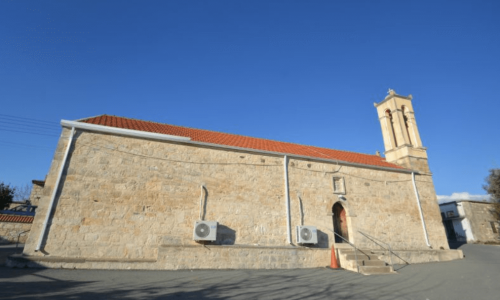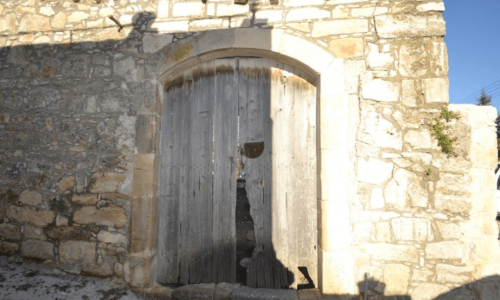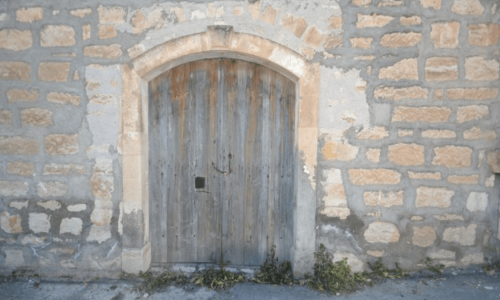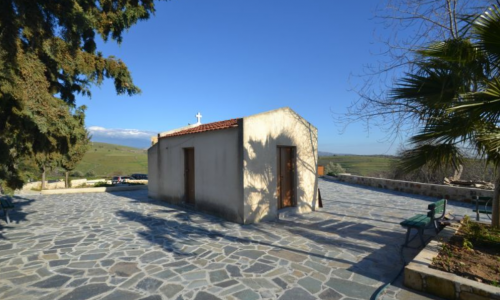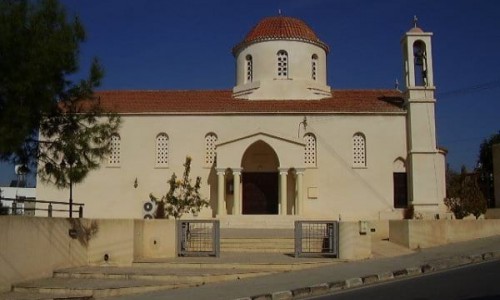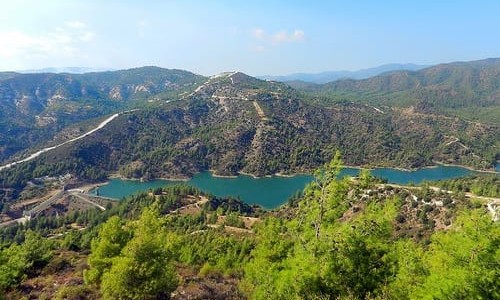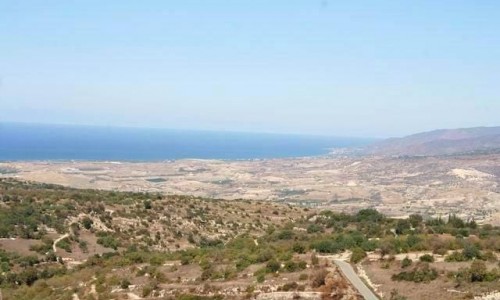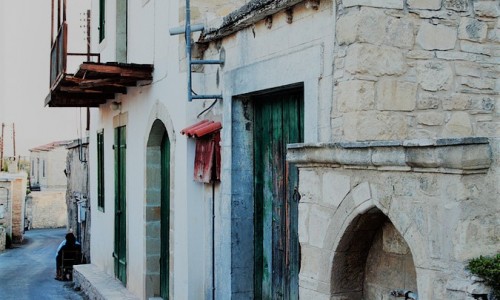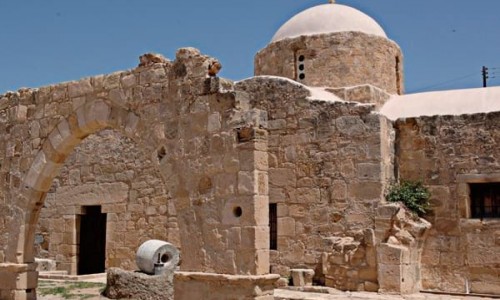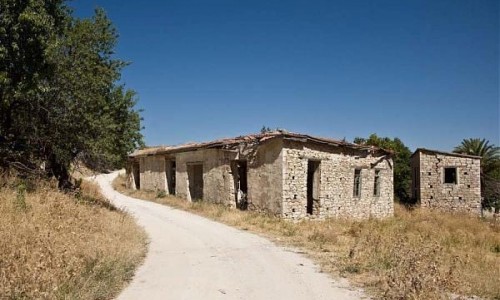Kinousa Village
High in the quiet hills of Paphos district lies Kinousa, a village that seems to exist outside the noise of the modern world. Small, calm, and deeply rooted in tradition, Kinousa offers something rare: a space where time slows, where the rhythm of daily life is dictated not by schedules and screens but by the sun, the seasons, and the gentle voices of its few inhabitants.
A Village Shaped by the Land
Kinousa is the kind of place where the landscape has always dictated the way of life. For generations, the people here cultivated vines, olive trees, and carob groves. Agriculture was not just work—it was survival, identity, and culture. Even today, if you wander the outskirts of the village, you’ll spot terraced fields carved into the hillsides, evidence of the care with which the land was once worked.
While the younger generation has largely sought opportunities in the towns or abroad, Kinousa retains the quiet dignity of a place that has endured. The stone houses, many built in traditional Cypriot style with thick walls and red-tiled roofs, speak of resilience. Some stand proudly restored, while others sit half-forgotten, ivy creeping across their walls—silent reminders of the families who once filled them with life.
Streets of Stillness
Walking through Kinousa is a sensory experience. The narrow lanes are paved with stone, winding between low houses and small courtyards shaded by pomegranate trees. In spring, the air is scented with citrus blossoms, while in summer the sun warms the stone walls until they radiate heat in the evening hours.
It is not unusual to hear only the crunch of your own footsteps. Occasionally, an elderly resident may greet you with a smile, or you may hear the soft clinking of goat bells from a nearby hillside. There are no neon signs, no lines of souvenir shops—only the quiet beauty of authenticity.
The Village Church
At the center of Kinousa stands its church, modest yet deeply rooted in the community’s identity. Like many rural churches in Cyprus, it is both a place of worship and a gathering point. The whitewashed walls catch the sunlight, and inside, the cool air carries the faint scent of incense. Icons glimmer in the candlelight, testaments to centuries of devotion.
On feast days, the stillness breaks. Bells ring out across the valley, villagers return from nearby towns, and the small square fills with conversation, laughter, and the aromas of shared meals. For a brief moment, Kinousa feels like it has returned to the vibrant village life of the past.
Nature as a Neighbor
Kinousa is surrounded by a natural landscape that feels both wild and welcoming. Hills roll gently away in every direction, cloaked in pine and wild shrubs. In springtime, the fields explode with color—daisies, anemones, and poppies covering the earth like a quilt. Autumn brings softer light and golden tones, while winter often cloaks the village in mist, giving it an almost mystical atmosphere.
For walkers and hikers, the area is a dream. Trails weave into valleys and ridges, leading to hidden chapels, ruined water mills, or simply to quiet spots where the only company is birdsong. The views are wide and unspoiled—layers of hills fading into the distance, with the Mediterranean sometimes just visible on the horizon.
Daily Life and Traditions
Life in Kinousa is unhurried. Most days are marked by simple routines: tending gardens, preparing traditional dishes, or enjoying the company of neighbors. Evenings often see small groups gathered outside, sharing stories in the fading light. Hospitality is part of the village’s DNA—visitors are likely to be offered a coffee, a sweet, or even a glass of homemade zivania, the fiery Cypriot spirit.
Though small, Kinousa shares in the island’s rich tradition of festivals and religious celebrations. Easter in particular brings the community together. Bonfires are lit, candles glow against the night, and the village fills with a sense of renewal and joy. These events, while intimate compared to larger towns, carry an authenticity that lingers long after the celebration ends.
A Retreat for the Traveler’s Soul
Kinousa is not about sights to tick off or activities to fill an itinerary. Its gift is subtler: the rare chance to simply be. Travelers who stay here often speak of the sense of calm they find, of how the quiet streets and soft hillsides invite reflection. It is a place that encourages slow mornings, long walks, and evenings spent watching the stars without interruption.
Nearby villages and landscapes offer gentle exploration for those who wish to venture further, but many visitors find themselves content simply to sink into Kinousa’s rhythm. A rented stone house with a shaded terrace can feel like a sanctuary, a place to recharge away from the rush of the modern world.
Kinousa’s Quiet Legacy
In many ways, Kinousa is a symbol of the small Cypriot villages that are slowly fading from the spotlight. While the coastlines attract tourists and the cities buzz with energy, villages like Kinousa remind us of another Cyprus—one rooted in land, faith, and community. Its charm lies not in grandeur, but in its honesty.
To walk through Kinousa is to step into a living memory. It is a place where the past is still present, where silence is not emptiness but richness, and where beauty is found in the simple details: the curve of a stone arch, the sound of a bell, the warmth of a welcome.
Kinousa is not for everyone. It will not dazzle with nightlife or overwhelm with attractions. But for those seeking authenticity, reflection, and a genuine taste of rural Cyprus, it is a rare treasure. Villages like Kinousa may seem small on the map, but they hold the soul of the island—quiet, enduring, and profoundly beautiful.

